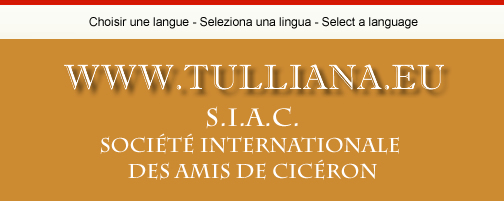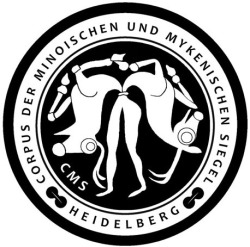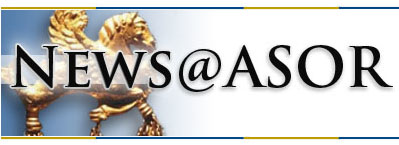Universitätsbibliothek Heidelberg Archäologische Literatur – digital
Those who subscribe the the project's feed:![RSS-Feeder: Archäologische Literatur digital RSS]() Neuerscheinungen (RSS 2.0), will receive a steady stream of notifications of newly digitized material. What follows is the list of historic periodicals in Classical Archaeology digitized from the Sondersammelgebietes Archäologie der UB Heidelberg:
Neuerscheinungen (RSS 2.0), will receive a steady stream of notifications of newly digitized material. What follows is the list of historic periodicals in Classical Archaeology digitized from the Sondersammelgebietes Archäologie der UB Heidelberg:
Those who subscribe the the project's feed:
 Neuerscheinungen (RSS 2.0), will receive a steady stream of notifications of newly digitized material. What follows is the list of historic periodicals in Classical Archaeology digitized from the Sondersammelgebietes Archäologie der UB Heidelberg:
Neuerscheinungen (RSS 2.0), will receive a steady stream of notifications of newly digitized material. What follows is the list of historic periodicals in Classical Archaeology digitized from the Sondersammelgebietes Archäologie der UB Heidelberg:
- Amalthea oder Museum der Kunstmythologie und bildlichen Alterthumskunde
- Annuaire de la Société Archéologique de la Province de Constantine
- Archaiologikē ephēmeris
- Archäologie und Kunst
- Archäologisch-epigraphische Mitteilungen aus Österreich-Ungarn
- Atti della Società di Archeologia e Belle Arti per la Provincia di Torino
- Bulletin trimestriel des antiquités africaines
- Bullettino archeologico italiano
- Bullettino archeologico Napoletano
- Bullettino archeologico sardo ossia raccolta dei monumenti antichi in ogni genere di tutta l'isola di Sardegna
- Bullettino della Commissione Archeologica Comunale di Roma
- Compte rendu de la Commission Impériale Archéologique
- Ephēmeris archaiologikē
- Hellenika. Archiv archäolog., philolog., histor. u. epigraph. Abhandlungen u. Aufsätze
- L' ellade italica: rivista mensile illustrata della nuova scoperte di antichità nella Magna Grecia in rapporto alla storia, all'archeologia ed all'rte
- Limesblatt
- Mémoires de la Société des Antiquités de Cassel
- Memorie della Regale Accademia Ercolanese di Archeologia
- Memorie enciclopediche romane sulle belle arti, antichita etc.
- Memorie enciclopediche sulle antichita e belle arti di Roma
- Monumenti antichi
- Museo italiano di antichità classica
- Museum der Alterthumswissenschaft
- Nouvelles annales (Section Française de l'Institut Archéologique)
- Papers of the American School of Classical Studies at Athens
- Pompei: rivista ill. di archeologia popolare e industriale e d'arte
- Praktika tēs en Athēnais Archaiologikēs Hetaireias
- Real Museo Borbonico
- Recueil des notices et mémoires de la Société Archéologique du Département de Constantine
- Schriften der Alterthums- und Geschichtsvereine zu Baden und Donaueschingen
- Schriften des Württembergischen Alterthums-Vereins
- Sitzungs-Berichte der Archäologischen Gesellschaft zu Berlin
- Studi e materiali di archeologia e numismatica
- Zeitschrift für Geschichte und Auslegung der alten Kunst

























